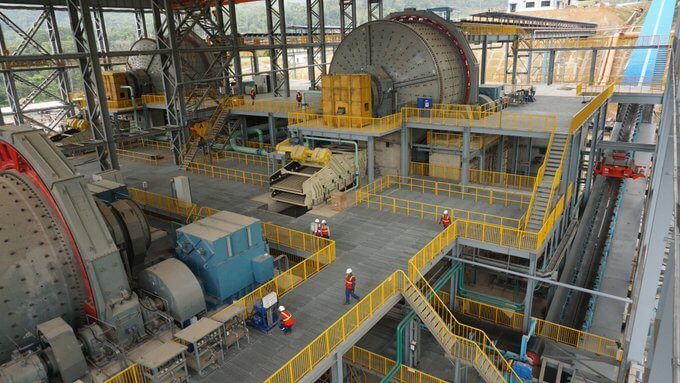The state holding company is considering partnering with mining companies to develop new electricity generation projects.
Corporación Eléctrica de Ecuador (Celac), the state holding company in Ecuador, is actively seeking partners to collaborate on new power generation projects. The aim is to increase the country’s generation capacity by 1,000 megawatts to meet the growing demands of the mining sector.
Over the next five years, medium- and large-scale mining projects are expected to require at least 1,000 megawatts of electricity. However, Celec currently lacks the installed capacity and resources to construct new generation plants on its own. This presents an opportunity for private investment, according to Gonzalo Uquillas, the manager of Celec.
Partnering with mining companies may be only option
At present, the maximum electricity demand in Ecuador reaches 4,655 megawatts during peak consumption time, which is at 7:00 p.m. However, the country’s installed capacity of 6,500 megawatts is not entirely available. Many of the thermoelectric plants are outdated and require repowering and maintenance. Additionally, the dry periods occurring between October and March each year deplete water reserves for hydroelectric plants, which has led to the need for importing electricity from Colombia earlier in 2023.
Uquillas emphasizes that the energy demand from the upcoming mining projects is substantial and cannot be met with the existing infrastructure. Celec has engaged in discussions with various companies, including Lowell, a subsidiary of Lowell Copper Holding, which is itself a subsidiary of Canadian company Solaris Resource. Lowell holds the Warintza copper concession in the province of Morona Santiago, which is believed to contain a significant copper reserve. Celec aims to establish a commercial agreement with Lowell, where the company would finance the generation plant, while Celec would operate it to fulfill the electricity requirements of the Warintza project.
Apart from Lowell, other notable projects that will demand increased electricity include Cascabel (copper, gold, and silver) by Australia’s SolGold, and Cangrejos (gold and silver) by the Canadian Lumina Gold. To encourage the development of these new projects, Celec proposes signing contracts with mining companies. As part of the incentive, Celec plans to offer preferential electricity rates that acknowledge the investments made for constructing the power plants.
Celec also sees potential in replicating this model to attract investment from other sectors, such as the shrimp and vehicle industries. Uquillas suggests that a similar approach could be used to establish partnerships for charging stations in the shrimp farming and electric vehicle sectors. Shrimp farmers alone would require a minimum of 800 megawatts for the electrification of their pools. This need arises after the government withdrew the diesel subsidy for shrimp farms, which previously amounted to $160 million annually. In total, approximately 318,000 hectares of shrimp production in Ecuador would need to be electrified.


0 Comments